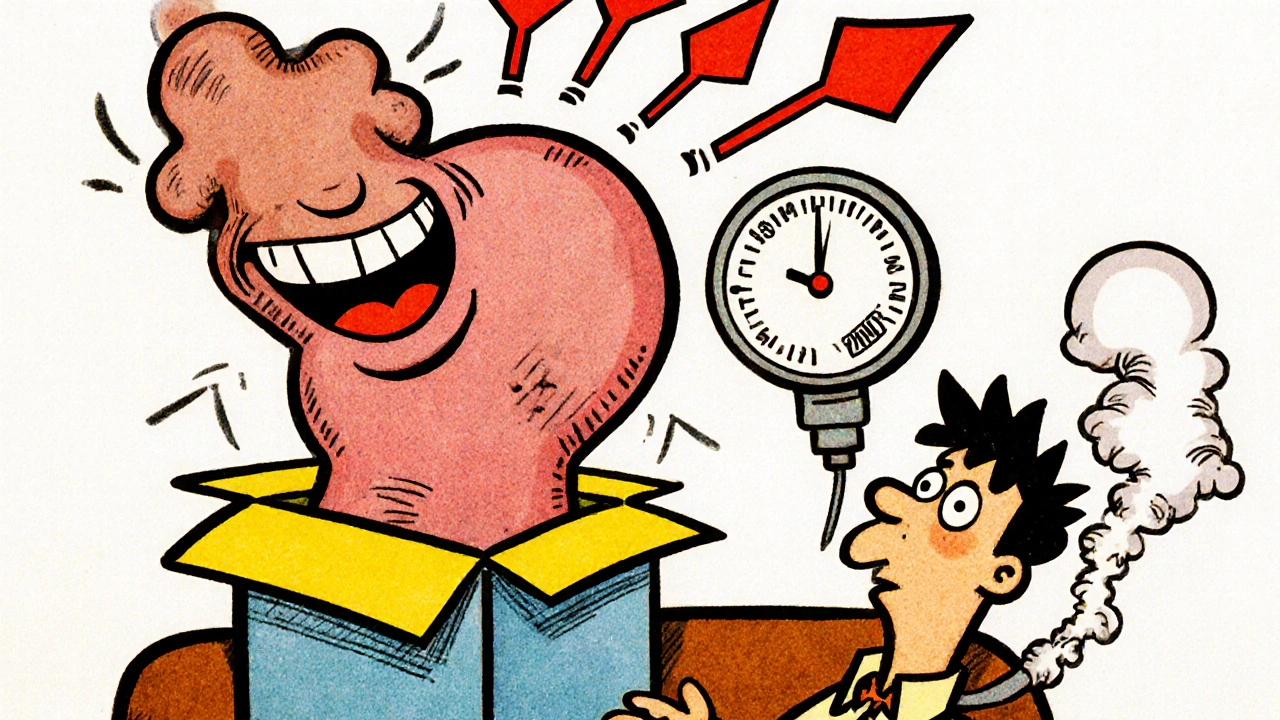Adrenal Tumor: Symptoms, Causes, and What You Need to Know
When you hear adrenal tumor, a growth that develops on one or both adrenal glands, which sit on top of your kidneys and make key hormones like cortisol and adrenaline. Also known as adrenal mass, it can be harmless or trigger serious hormone imbalances that affect your blood pressure, energy, and mood. Most adrenal tumors are benign, but even non-cancerous ones can cause big problems if they start pumping out too much hormone.
There are several common types you should know about. A pheochromocytoma, a tumor that overproduces adrenaline and noradrenaline can cause sudden spikes in blood pressure, sweating, and panic-like symptoms. Then there’s aldosteronoma, a tumor that makes too much aldosterone, leading to high blood pressure and low potassium. And Cushing's syndrome, often caused by a tumor making excess cortisol, brings weight gain around the midsection, thinning skin, and muscle weakness. These aren’t rare—many are found by accident during scans for other issues.
Not every adrenal lump needs surgery. Some stay quiet for years. But if you’re dealing with unexplained high blood pressure, unexplained weight gain, or sudden anxiety attacks without cause, it’s worth asking your doctor about adrenal testing. Blood and urine tests can spot hormone overproduction, and a simple CT or MRI can show the tumor’s size and location. Treatment depends on the type: some tumors shrink with medication, others need removal. Even after surgery, hormone levels often need monitoring for months.
The posts below cover real-world cases and practical advice—from how adrenal tumors interact with medications like steroids, to what symptoms people miss until it’s too late. You’ll find insights on diagnosis, treatment trade-offs, and how these tumors affect daily life. Whether you’re a patient, caregiver, or just curious, this collection gives you the facts without the fluff.




